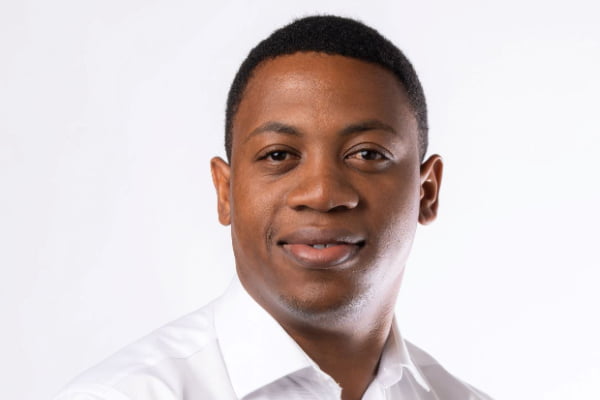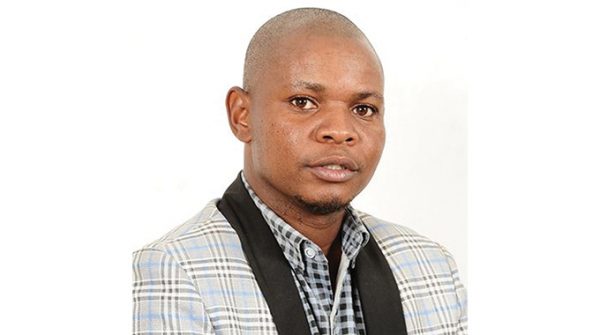From Africa to Australia – the surprising differences

“You’re in a first world country, but it doesn’t mean it’s first on everything.”
Article by Cartledge Mining and Geotechnics
Principal engineer Keith Mandisodza says that while Australia is well regarded for its approach to mine safety, it’s not leading the way across all aspects of the mining industry.
The Zimbabwean-born geotechnical professional has worked in various regional locations including southern Africa, South America, and Oceania Asian countries. He said one of the biggest shocks when he started to work in the mining industry in Australia was where it fell behind.
“Technology is still the one thing that surprised me, to be honest,” Keith said.
“In some mines, you’d consider Australia to be first world, but what I found was most of the third world countries I’ve worked in had better technology in place.
“That was probably a learning curve as well for me. To say, okay, you’re in a first-world country, but it doesn’t mean it’s first on everything.”
Keith says the lag in technology can be attributed to finding a safe procedure and sticking with it, despite the rest of the world advancing technology and upholding safety. He argues that the failure to keep up could see Australia’s mining sector suffer, despite the geotechnical community excelling at sharing best practices.
However, applying these geotechnical techniques is unique and site-specific, with climate, topography, and seismic environment having a significant impact on this field of work.
“It’s what I enjoy most, just looking at different things in different places. The fundamentals might be the same in terms of application. Still, how you apply them is different because you are also considering the other aspects that are mostly different, driven by location,” Keith explained.
“In high rainfall locations, the weathering profiles are deep and primarily characterised by saprolitic materials (chemically weathered rock), especially in the Amazonian basin. This differs from dry climates, where there is dominantly rock profiles closer to the surface and shallower weathering profiles in semi-arid regions like Australia.
“Obviously, your geotechnical perspective applications will be different when you are in a semi-arid area like Mt Isa, so the geotechnical aspects become critical.”
In recent years, Keith has focused more on tailings dams and the risks associated with tailings dams leading to failure. He says one of the most challenging parts of the job, which remains consistent across the globe, is informing those downstream communities that a dam has the potential to fail.
“How do you communicate this with someone who has lived there their whole life?” he asks.
“A tailings failure has an enormous impact on the community and environment, and I think it’s high time the people and communities around these facilities come to the table, and open discussions and transparency with the operating mines in terms of trying to solve the problems.
“You might have a dam design, and you tell the people downstream that the dam is going to fail. How do you approach that whole scenario? Someone might say to you, my whole family has lived down there for centuries. Why do you want to move us? Acceptance or acceptability closure still requires refinement, and transparency between stakeholders is the only way to bridge the gap.
Regarding to “It becomes hard for mines to be fully vulnerable in such a way that there’s that transparency. But in my opinion, I think it’s necessary to be vulnerable and transparent and discuss issues at hand while trying to find common ground for both parties.”


